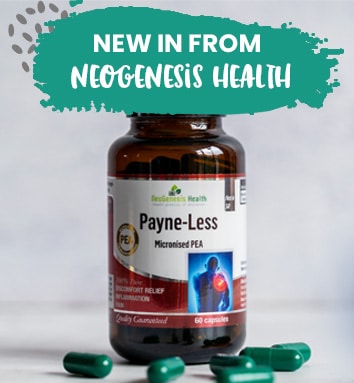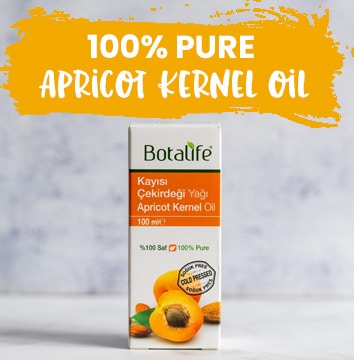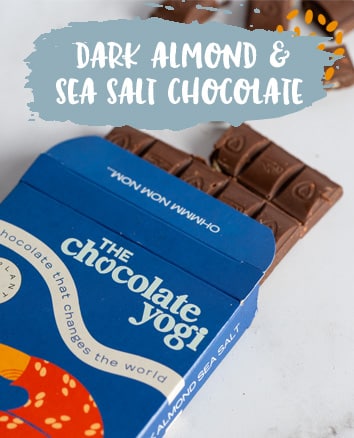Kefir, Yogurt, Amasi and buttermilk are all made from milk, yet they do not taste the same, have different textures, and we use them differently.
They may all be dairy, but they are not the same.
To get the facts, we spoke to Mandy from Mooberry Farms, and what we found may surprise you.
Buttermilk or Amasi?
First, we need to clear up the buttermilk story.
Traditionally, we made buttermilk from the fermented liquid left over after churning cultured cream into butter. Remember, we did not always have the luxury of the fridge and fermenting used to be a big part of the preservation of many products.
The leftover liquid was left to sit for some time so the cream and the milk would separate naturally. At this stage, the naturally occurring bacteria would start fermenting the milk.
This slightly fermented cream would then quickly be churned into butter with a better shelf life due to a slightly lower pH than can keep harmful bacteria at bay.
With the mechanical separation of cream and milk and refrigeration’s advent, we made butter from fresh cream instead. At this point, the buttermilk had to be inoculated with a starter culture, and this product was still very similar to traditional buttermilk.
Buttermilk is not kefir – but maybe it’s amasi.
So technically, buttermilk is not made of milk but cream and the water in the cream. Since butter is the fat part of the cream, traditional buttermilk is relatively low in fat.
But that’s how it used to be.
These days buttermilk, or cultured buttermilk, as we know it, is made from milk in the same way as amasi.
In fact, it’s the same thing – it’s only named differently as this is how people are used to it.
Amasi or cultured buttermilk is basically sour milk, and we can make it in the traditional way of leaving the milk to ferment at room temperature. Alternatively, amasi is made by adding an amasi starter culture or some leftover amasi from a previous batch into your fresh milk.
This method of making amasi can be done even after the milk has been pasteurised.
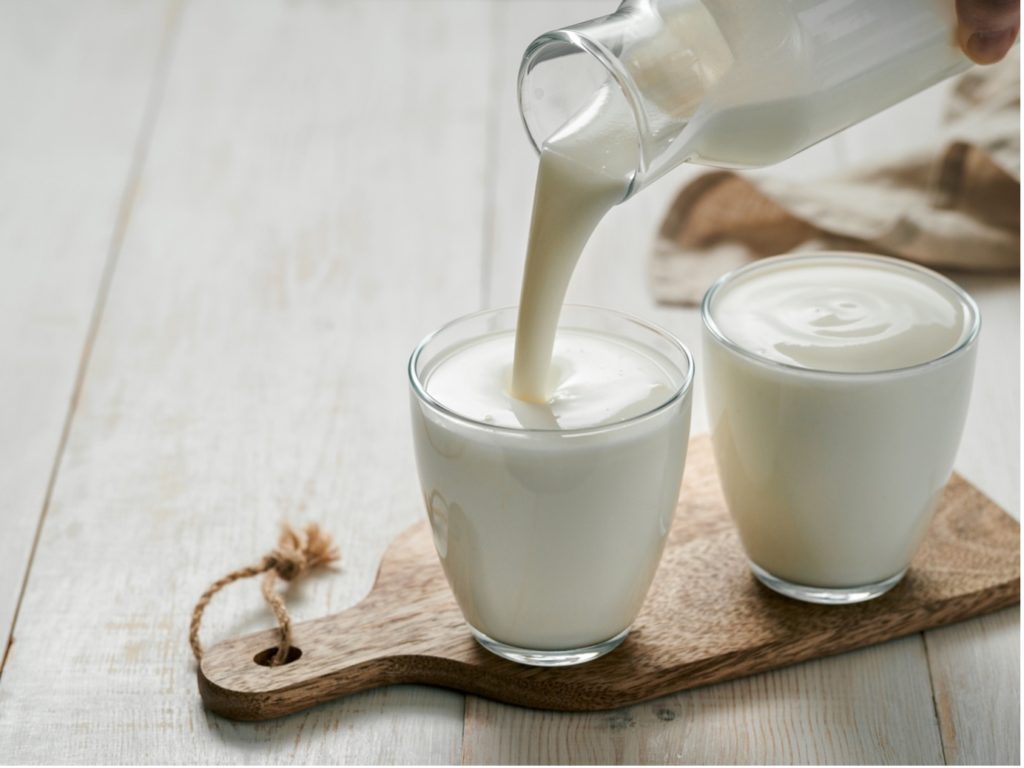
How about soft cheeses?
Now will be an excellent time to take a quick detour and talk about our soft cheeses, cottage and cream cheese. These two kinds of cheese are both products of amasi.
Cottage cheese
If you are Afrikaans speaking, you will know cottage cheese as “maaskaas,” which means amasi cheese.
Cottage cheese is made by heating the amasi to 42 degrees C, removing all the whey and adding salt.
Cream cheese
Cream cheese is made by only removing the whey and creaming the product into a smooth thick creamy cheese.
Where does yoghurt fit in?
Now that we have that sorted out, the next natural question could be, “Is yoghurt also sour milk?” Technically, the answer is yes.
However, the cultures used in yoghurt differ from those used to make amasi. Yoghurt is fermented at a higher temperature and for a shorter time than amasi, and the end product is a slightly smoother-looking and milder tasting milk ferment.
Natural yoghurt is relatively thin, and we often use it as drinking yoghurt. In contrast, Greek yoghurt or double thick yoghurt is made by removing the whey from the natural yoghurt, reducing it to a third of the original volume. In other words, to make 1 litre of Greek yoghurt, you will need three litres of natural yoghurt.
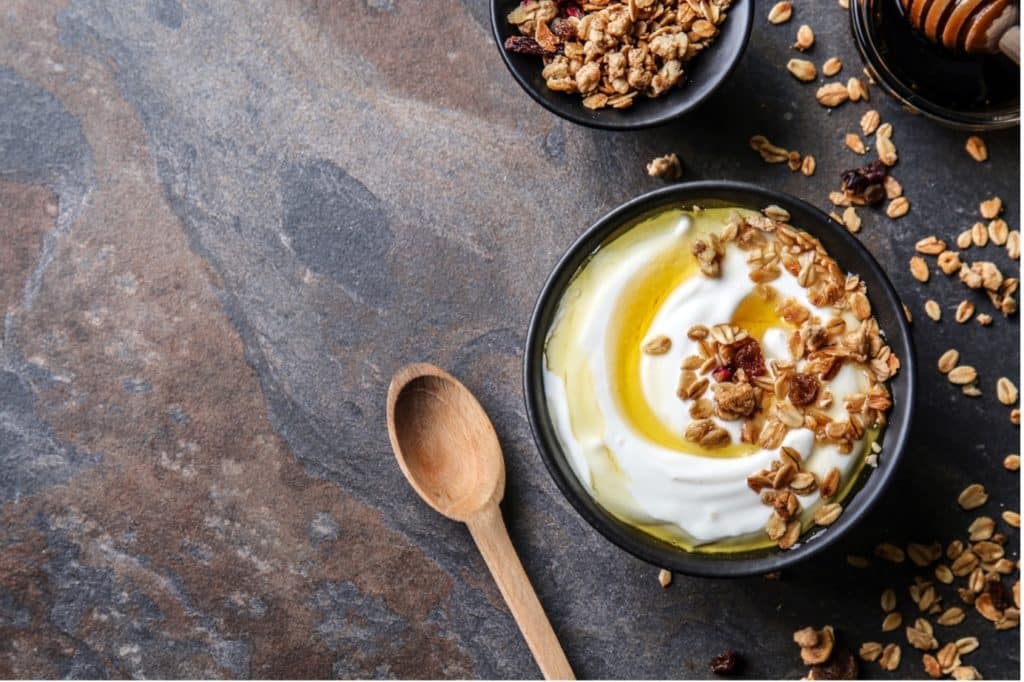
Kefir is a different story.
Milk kefir is a mysterious cousin in the fermented milk family.
Kefir is made by inoculating fresh milk with milk kefir grains. These gelatinous grains look like tiny cauliflowers, but they are a cluster of bacteria and fungi beneficial to the human gut. We can only acquire them from other grains – we cannot make them from scratch.
Kefir grains grow and multiply on their own as long as they can feed on fresh milk. Therefore, the grains we have today all originated from the same source.
The origin of the grains is not precisely known, but it is said to have originated in the Caucasus Mountains. Thousands of years ago, nomads living in these mountains preserved their milk in goat skin bags. Remember, there were no fridges in those days, and fermentation was the best way to maintain their dairy products. They poured milk into the same skin, and the residue from the previous batch would act as the inoculation of the fresh milk. Scientists believe that the grains could have formed in these skins.
On the other hand, Legend tells stories of kefir’s divine origins.
Whatever we believe, no one knows precisely when and how kefir grains came to be, but one thing we can agree on is that these little cauliflower-like grains are a true wonder of nature.
What makes kefir so unique?
Today Milk Kefir is made the same way it has been for thousands of years. We can make kefir from pasteurised or raw milk. However, when using raw milk, you must get good quality milk from a reliable source. The grains are placed in the milk at room temperature and left for about 24 hours. In winter, it can take up to 5 days. The fermented milk is then put through a strainer to recover the grains.
The final product is thick, creamy and slightly fizzy with a tangy taste. Kefir is very low in lactose because the lactic bacteria in the grains feed on the lactose in the milk. For this reason, lactose-intolerant people can most often drink Milk kefir.
Of all the fermented milk products, kefir is without a doubt the most beneficial. On top of it containing significant amounts of Protein, Calcium, Phosphorus, Vitamin B12, Riboflavin (B2), Magnesium and Vitamin D, it also harbours a host of seriously beneficial microorganisms that will assist with various digestive issues.
Our next article will take a closer look at these many incredible benefits.
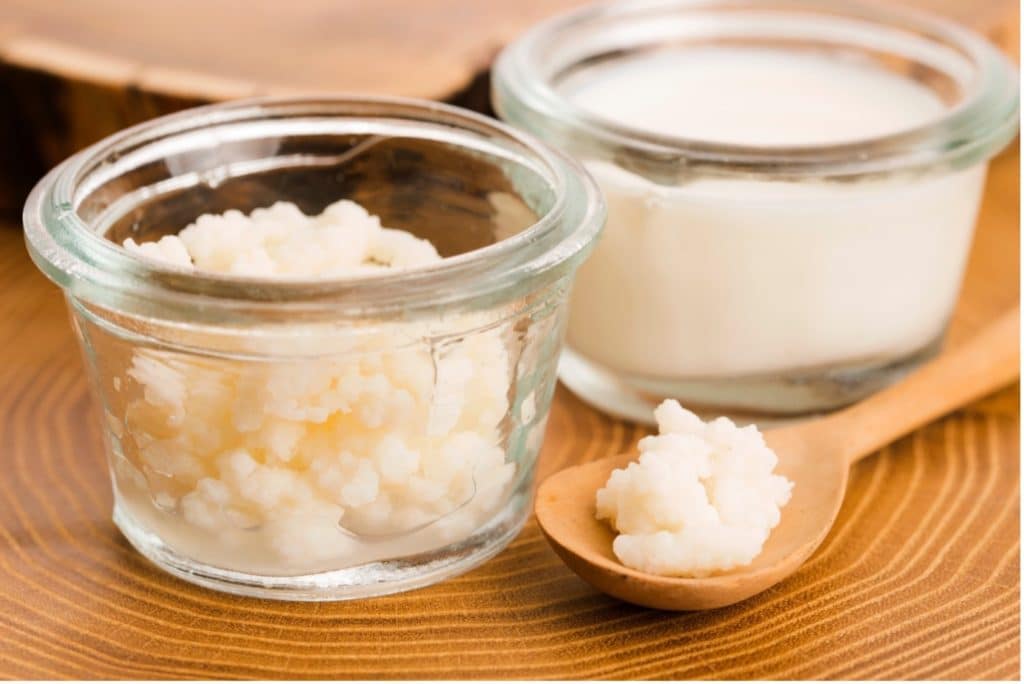
Milk is milk, right?
No, absolutely not! Most milk we find these days is homogenised, pasteurised, or even ultra-pasteurised. For pasteurisation, milk is heated to 74 degrees Celsius for 15 seconds and then cooled. Ultra pasteurisation means the milk is heated to 161 degrees Celsius for 2 seconds and then cooled.
Pasteurisation aims to eliminate all bacteria and extend the milk’s shelf. In the case of ultra-pasteurisation, this could be between 6 and 9 months. If you do not trust the source of your milk, pasteurisation would probably be a wise decision.
Homogenisation is the process by which the cream is broken up into smaller particles to let it mix evenly through the milk instead of rising to the top. This process is done by forcing the milk through a tiny valve under high pressure.
What should I look for when buying kefir and other dairies?
Manipulating milk in this way comes with a price.
The harm caused by high heat pasteurisation heavily outweighs any benefit you may reap.
In an upcoming article, we will investigate the facts and myths around pasteurised and raw milk. One important thing to know is that good farming practices are essential to producing healthy dairy.
You want to look for milk produced from pasture-raised cows, not given hormones or antibiotics. Healthy cows make healthy milk. Low heat pasteurised milk will be your best bet if you want to use pasteurised milk. But more about this next time.
Our best source of milk is Mooberry Farms.
Their milk is from pasture-raised cows and is hormone and antibiotic-free. Nothing added!
Mooberry milk is available raw and pasteurised, and it is not homogenised, so you get a lovely thick layer of cream on top just as nature intended!





